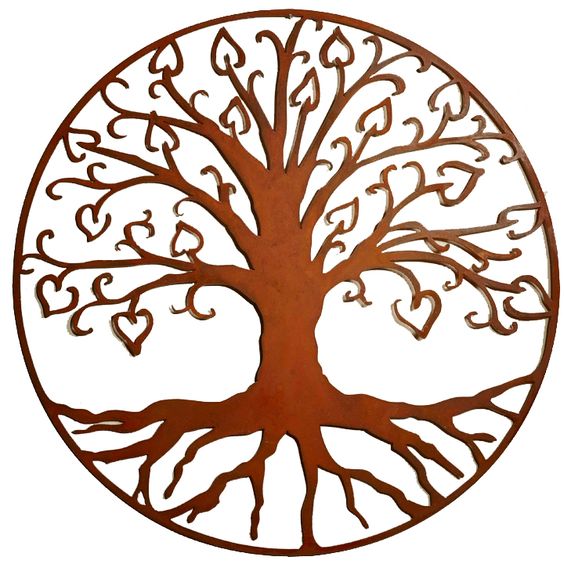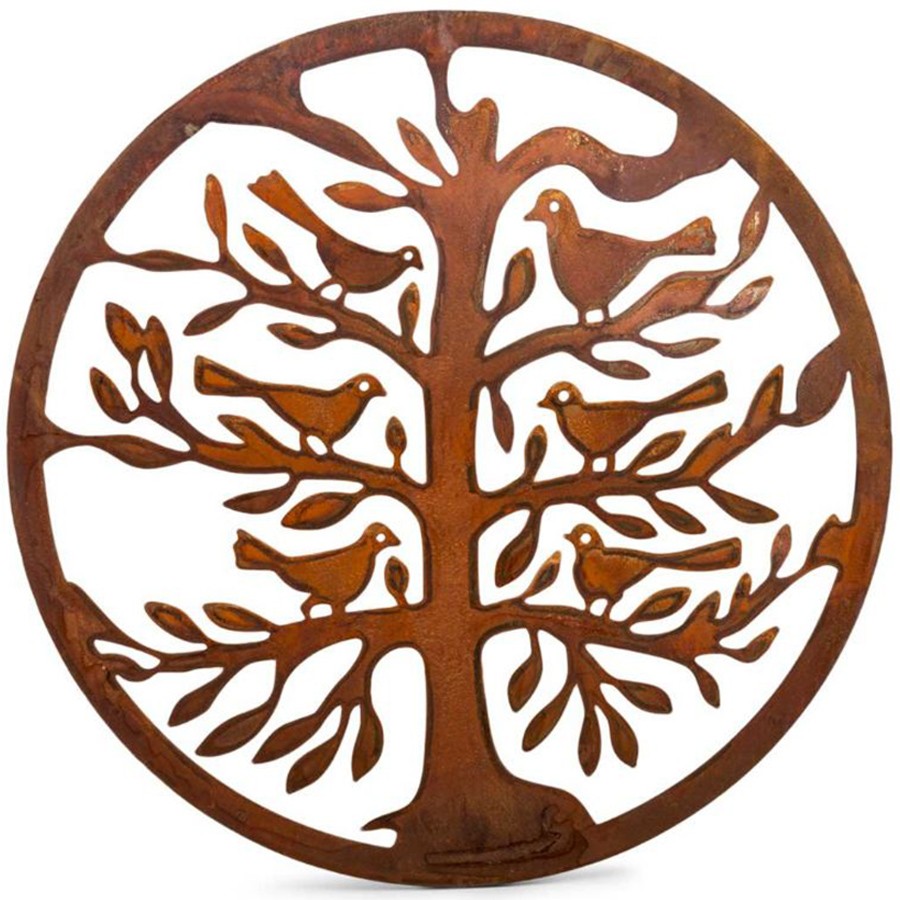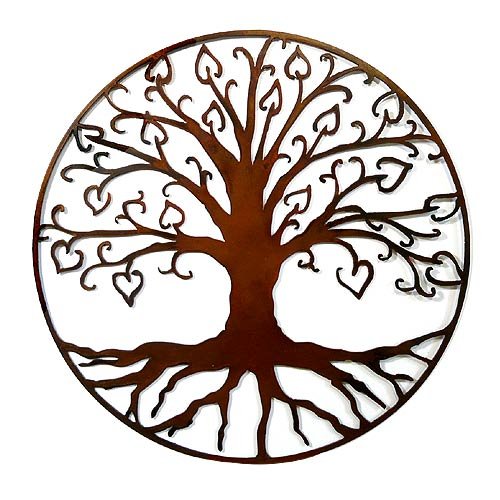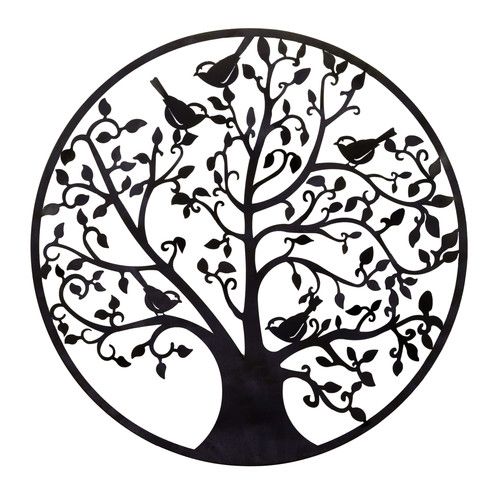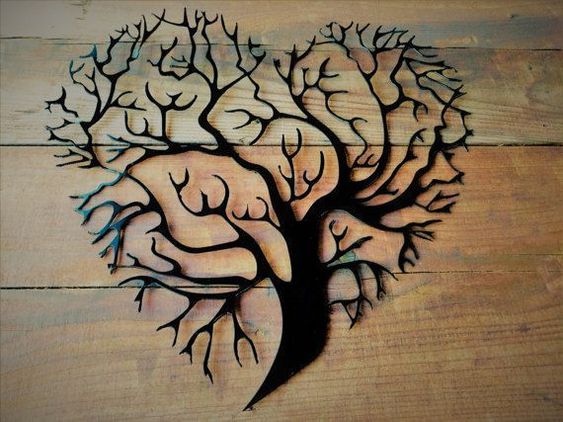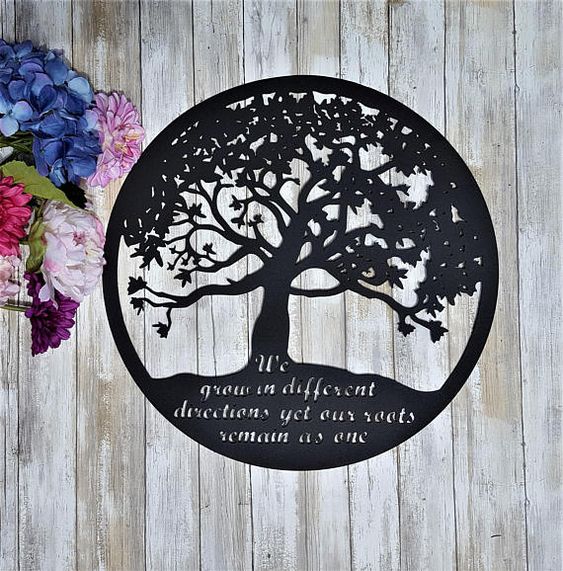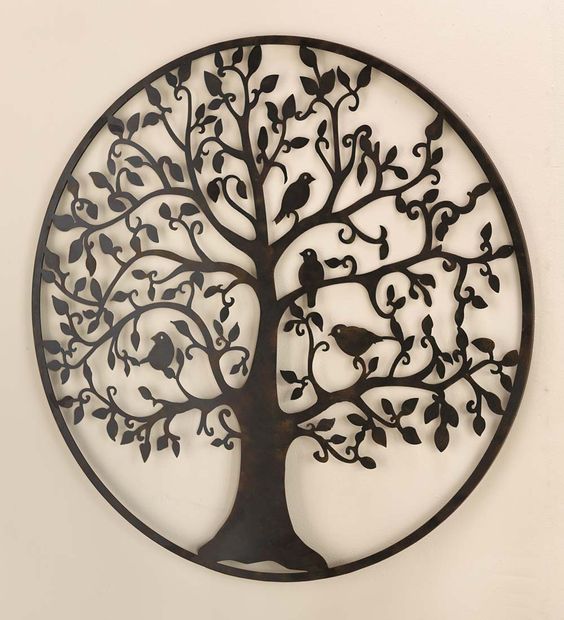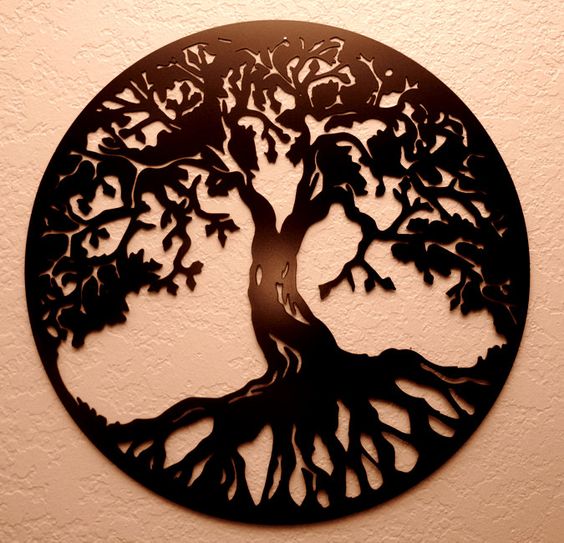Packaging is the most extensive and frequent visual image of consumers. In the era of scientific progress and high economic development, commodity packaging design has become a product of a combination of science, art, and culture. It requires a unique combination of creativity, kitsiness, and modern technology. As a highly knowledge-intensive creative activity, commodity packaging design plays an important role in inducing consumption, improving commodity competitiveness, and promoting enterprise development. On the premise of quality assurance, personalized product image is the most effective promotion method.
First, the graphics, text and color of the product packaging design
(1) Graphical graphics in merchandise packaging design can be divided into three categories: figurative, abstract, and decorative graphics. 1, figurative graphics (1) Photographic images: Photographic images are a direct image language, can truly express the product image, make the goods have a high visual impact with vivid image language, and have become more and more widely used in packaging. In addition to realism, photographic graphics can also use a variety of special processes to create a variety of graphic effects. (2) Realistic paintings: Photography does not replace painting. The so-called realistic painting is not purely objective, but it is a subjective choice based on the performance requirements of the object to be expressed, making the image more simple and perfect than the actual object. (3) Induction Simplified Graphic: This refers to the general treatment based on realistic writing. Summarize features and simplify levels to make objects more concise and clear. In terms of expression methods, changes in points, lines, and surfaces can produce a variety of performance effects. (4) Exaggerating the change graph: This is a change process based on induction and simplification. That is not only summarized, but also emphasizing distortion, so that the performance object achieves a lively, humorous artistic effect. 2. Abstract graphics Abstract graphics refer to the use of point changes, linear changes, and surface changes to refine and summarize specific images of goods and express an implicit, intrinsic, semantic nature. Abstract graphics have a wide range of performance, and have a great potential for the performance of the packaging picture. Although abstract graphics have no direct meaning, they can also convey certain information and guide the viewer's imagination. 3, decorative graphics packaging design of the application of decorative graphics is also very extensive, including the use of traditional decorative patterns such as borrowing. Decorative patterns should be used in conjunction with the contents of the properties, characteristics, grade appropriate use.
(II) Text in Product Packaging Design
Just like advertising design, packaging design sometimes can not have graphics, but it can not be without text, text is an essential element to convey the packaging design residence, many good packaging design pays great attention to text design, and even completely change the text to deal with the decoration Screen. The textual content of packaging and decoration mainly includes the following aspects: 1. Basic text: packaging brand name, product name and name of the company producing the product. It is usually arranged on the main display surface. (The name of the production company can also be arranged on the side or on the back.) The brand fonts are generally standardized to help establish the product image. Product name text can be decorated and changed. 2, information text: data words include product components, capacity, models, specifications and so on. The layout is mostly on the side of the package, on the back, it can also be arranged on the front. Design to use printed fonts. 3, Description text: Explain the product use, usage, maintenance, precautions and so on. The text should be clearly defined and the font should be printed. Generally not arranged on the front of the package. 4. Advertising Text: This is a promotional text that promotes the characteristics of the contents. The content should be honest, concise, lively, and deceived. (Ad text is not necessary.) (3) The color of the color packaging in the packaging design of goods is the most influential factor in the visual activity. Therefore, the packaging color design is very important. 1. The overall feeling of total color package color is gorgeous or simple, all depends on the total color of the package color. The total color tone is directly reflected in terms of hue, lightness, and purity. Such as Ming tune, dark high, fresh tune, gray tune, cold tune, emphasis, weak tune, soft tune, hard tune, readjustment and so on. 2. Apart from the hue, lightness and purity of the area, the size of the color area is an important factor that directly affects the hue. Color matching first considers the arrangement of large-area colors, and large-area colors have long-distance visual effects in packaging displays. In addition, when the contrast between the two colors is too strong, the area of ​​one of the colors can be enlarged or reduced without changing the hue, purity, and brightness, and the adjustment can be performed. 3, visual recognition refers to the color definition of the level of clarity. Good visibility is very important in visual communication design such as packaging and advertising. On the one hand, viewing the degree of eye color itself, on the other hand, we must look at the contrast between colors. 4. It is emphasized that the color accent color is the key color in the total color tone, which is the combination of the area factor and the visibility. It is generally required that the brightness and the degree of constitution are higher than the surrounding colors, and the area is smaller than the surrounding colors. 5. Interval color Interval color refers to the use of another color, such as spacing or sharing, in the middle of adjacent and contrasting colors, which can enhance coordination and reduce contrast. The interval color itself is mainly neutral black, white, grey, gold, and silver. If a colored interval is used, it is required that the interval color and the separated color have large differences in hue, lightness, and purity. 6. Gradual Gradient Gradient is the gradual change of color, and the hue, lightness, and purity can be changed gradually. Gradient color has a harmonious and rich color effect, and is used more in the color processing of packaging. 7. Contrast contrast color is different from accent color. This is the color with similar area and hue contrast. This kind of color has a strong visual effect and has advertising properties. 8, symbolic color This is not directly imitate the color characteristics of the content, and according to the common understanding of the majority of consumers to be a conceptual use of color. Mainly used for the performance of certain spiritual attributes of a product or the performance of a certain brand of ideas. 9. Logo color The logo color mentioned here is not the color of the trademark, but the color used to distinguish the packaging of different kinds or similar products of different varieties. 10. Auxiliary color This is the opposite color to the accent color, and it is an auxiliary color method for the total color tone or the effect of accent color adjustment to strengthen the tone level and obtain rich color effects.
Second, the psychological strategy of product packaging design
Consumers are the ultimate market for marketing. The multi-dimensionality and difference of people's consumption psychology decide that the product packaging must have multidimensional emotional appeal in order to attract specific consumer groups to produce the expected purchase behavior. Therefore, when designing a product package, it must be personalized for different consumer groups.
(A) The psychological function of commodity packaging In general, the psychological functions of commodity packaging include: the function of identifying instructions, the function of evoking interest, the function of transmitting information, the function of promoting trust, and the function of facilitating value-added.
(II) Psychological requirements for product packaging design
1, to meet the realistic and psychological packaging design must be able to meet the core needs of consumers, that is, there must be a real value. Although for the same quality of goods, packaging more exquisite than the packaging more common than the consumer's desire to buy. However, if the role of packaging is over-emphasised, packaging that exceeds quality is absolutely unfavorable for long-term sales of goods. For example, among the cultural groups of all ages, the elderly are most demanding simple and honest, but now the various health supplements for the elderly are generally over-packaged with “forms that are greater than contentâ€. Even if these products can attract occasional gift purchases, it is difficult to win the loyalty of consumers and lack the motivation for long-term development.
2, to meet the letter seeking the psychology of the product to highlight the name, trademark, help to ease the buyer's suspicion of product quality. In particular, companies that have a certain reputation, doing so, serve the best interests of both products and companies. American Budweiser's Silver Ice Beer has a penguin and logo pattern on the packaging. Only when the beer refrigerated temperature is the most suitable, the lively little penguin will show it, assuring the consumer that it is genuine and flavorful. The best to meet their letter of seeking psychology.
3. The packaging design that satisfies the psychology of beauty is the crystallization of decorative arts. Exquisite packaging can stimulate high-level social needs of consumers. The packaging with deep artistic appeal is a kind of enjoyment for the purchaser. It is to promote the potential consumers to become apparent to the consumers and become long-lasting and habitual. Type of consumer drive. Most of the world famous wines are very elegant. The glow of art from bottle to box is an elegant and successful packaging promotion.
(III) Psychological strategies for commodity packaging
1. When people are designed to consume according to consumption habits, they usually have a certain consumption habit. Therefore, in the design of product packaging, we should pay attention to the consumer's consumption habits, according to the characteristics of the product itself, designed to meet the packaging habits of most people. For example, many customers are looking for convenience in shopping. If they use transparent or window-packed foods, they can be easily selected. The combined-packaged gift baskets can be easily used. Soft-packed drinks can be easily carried and so on. The ease of use of the packaging adds to the appeal of the product. The popular “barrier-free†packaging in foreign countries, such as the use of zigzag markings to distinguish the type of detergents in contact-type identification packages; the automatic identification marks, etc., in the canned foods that are set to “have not passed the warranty periodâ€, are deep It is widely loved by consumers. As mentioned above, most consumers have the psychology of seeking truth and seeking truth. In the packaging design, it should pay attention to the consumer's consumption habits and eliminate the consumer's suspicion of the goods on the packaging.
2, according to the age of consumer objects to design products usually have a certain range of age sales, the same, if the packaging of goods to meet the tastes of consumers of all ages, is generally not likely. Therefore, in the design of commodity packaging, reasonable design should be carried out according to the ages of the consumers. For example, the old people mentioned above are simple and realistic. Then, for the products sold by the elderly, the design of the packaging cannot focus on exquisite and complicated products, but it should be biased towards simple, generous and concise designs. Products sold for young people differ in package design. Young people usually like to be different, like to seek new things, find differences, find curiosity, and strive to find opportunities to express themselves. The packaging of products targeted at such consumers can try to adopt taboo colors, strive to break through traditions in the styling, and promote "new generation choices" in logos, etc. to guide the trend and create fashion. As for products that target children, they should pay attention to their psychology of seeking. For example, a company in the United States printed various interesting riddles on the can lids of biscuits that were produced. Only after eating the biscuits could the answers be found at the bottom of the cans. As a result, they were enthralled by a large number of small customers. And children’s curiosity can often drive them to repeat purchases.
3. Differences in the design of cultural levels and economic income according to the cultural level and economic income of the target consumers usually lead to different consumer appreciation and requirements for the packaging of goods. In terms of economic income, consumers with relatively high incomes generally have higher requirements for product packaging in addition to higher quality requirements. To this type of consumer as the object of the goods, in the packaging design should focus on quality and grade, and strive to package exquisite, elegant, to highlight the consumer's aesthetic and taste. For consumers with relatively low economic income, the packaging of goods is usually in a subordinate position. Under normal circumstances, such consumers pay more attention to the quality of goods and there is no excessive demand for packaging of goods. Those goods that are targeted for such consumers should not be too focused on packaging, but should be simple and real. Consumer psychology can also be subdivided according to criteria such as ecological psychology and gender psychology. The multi-level segmentation of the consumer's psychological market determines that packaging promotions must also be conducted from multiple perspectives. With the improvement of the material and cultural living standards, people's consumption concepts are constantly developing, and the packaging of goods must also be continuously improved. In the inheritance of tradition and creativity, balance, harmony and unity are sought.
In a word, sales packaging is a fusion of protection function and artistic beauty, and it is an innovative combination of practicality and novelty. Successful packaging
